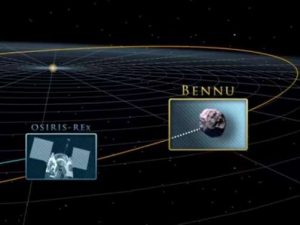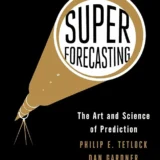Not to cause alarm, but NASA is planning to launch a probe as soon as it can to collect rock samples from an asteroid it fears could one day hit Earth.
Scaremongering? The scene from a film, perhaps? No, this is for real: the name of the threat is an asteroid called, Bennu.
Bennu is an Apollo Asteroid (a near-earth object) discovered by the LINEAR project on September 11, 1999. It measures in at just under 500m in diameter at its equator, and travels around the sun at 63,000 mph. The thing is, it actually crosses Earth’s orbit every six years and can be seen in our night sky quite clearly. Bennu is termed a Potential Earth Impactor, and is listed on the Sentry Risk Table with the third highest rating on the Palermo Technical Impact Hazard Scale.

The target of the OSIRIS-REx NASA mission in 2023, Bennu will be monitored closely to see just how high the probability will be that it could impact the Earth. Why? Because in 2135, it will actually pass between Earth and the Moon, and gravitational influences will tweak Bennu’s orbit, potentially putting it on course for the Earth later in that century.
Said Dante Lauretta, professor of planetary science at Arizona University: “It may be destined to cause immense suffering and death.”
Prof Lauretta, NASA’s principal investigator in charge of the OSIRIS-REx probe mission to Bennu, launching in September 2016, said the probe will primarily map the asteroid, pick up some rock samples and then head back to Earth. But, while it’s there, it will collect vital data on the asteroid’s size, mass and composition. Details we might need if we’re forced to take action at a later date.

OSIRIS-REx will arrive at Bennu in 2018 and will spend a year surveying the asteroid’s chemical makeup, mineralogy and geologic history. Information gathered during that time will help scientists understand how its course, and hopefully that of other asteroids, is affected by absorbing and radiating sunlight as heat. Once it has what it needs, it will head back to Earth, arriving in 2023, giving us plenty of time to assess what 2135 might bring.
Good news indeed, and no reason for us to start feeling like the dinosaurs did 65 million years ago.
Andrew P. Weston is a Royal Marine and Police veteran from the UK who now lives on the beautiful Greek island of Kos with his wife, Annette, and their growing family of rescue cats.
As creator of the critically acclaimed IX Series, the Cambion Journals, along with Hell Bound, Hell Hounds, and Hell Gate, (novels forming part of the Heroes in Hell universe), Andrew has the privilege of being a member of the Science Fiction and Fantasy Writers Association, the British Science Fiction Association, the British Fantasy Society, and the International Association of Media Tie-in Writers.
When relaxing, Andrew devotes some of his spare time to supporting animal charities, as well as writing review articles for Amazing Stories and The Magazine of Fantasy & Science Fiction.










The dinos didn’t have any warning; they didn’t have space telescopes. But since it’s projected for 2135 or later, I think most of us won’t be around anyway.